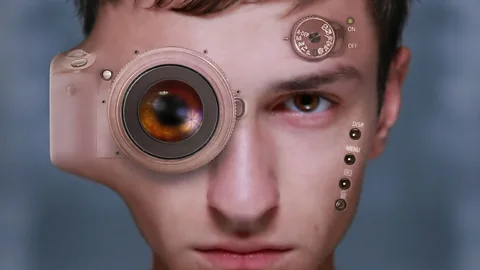
Intelligent machines that can pass as humans have long been a dream, but as Chris Baraniuk argues, they are already here.
Sometimes it's the promise of romance that deceives you. Other times, it's because they seem wise, friendly, or just amusing. The bots don't care how they trick you—their only goal is to make you think they're human. In fact, if you use social media or spend time online, it's likely you've already been fooled.
This week, a controversial claim was made that a 'chatbot' passed the Turing test at an event at the Royal Society in London. During a series of text-based conversations, a computer program named Eugene Goostman convinced judges it was a 13-year-old Ukrainian boy, thus passing a benchmark for artificial intelligence proposed years ago by the computer scientist Alan Turing.
So, does this announcement signal the era of human-like AI, as some have claimed? Not really. Turing's test stopped being significant for AI research years ago, and many scientists see the contests as flawed because they can be won through tricks, like pretending to be a non-native English speaker.
However, what chatbots can do in everyday life is much more interesting. We are already surrounded by bots that can trick us into thinking they are real people, and they don't need to enter competitions. Some are advanced enough to infiltrate social networks and possibly even influence public opinion.
There are certainly many of them out there. Although most people think of the web as a place mainly visited by humans, the reality is quite different. A recent report found that 61.5% of internet traffic is generated by automated programs called bots.
Honey Trap
The bots most likely to fool us use colorful trickery, explains Richard Wallace of Pandorabots, which creates chatbots for customer service and other uses. Wallace is the creator of a bot called Alice, which has won the Loebner Prize three times—a Turing-like contest where chatbots try to convince judges they are human.
"The most skilled authors of these bots are not computer programmers; they are people who work in creative fields," says Wallace. "That's really the key to creating a believable chatbot—writing responses that are believable, entertaining, and engaging."
